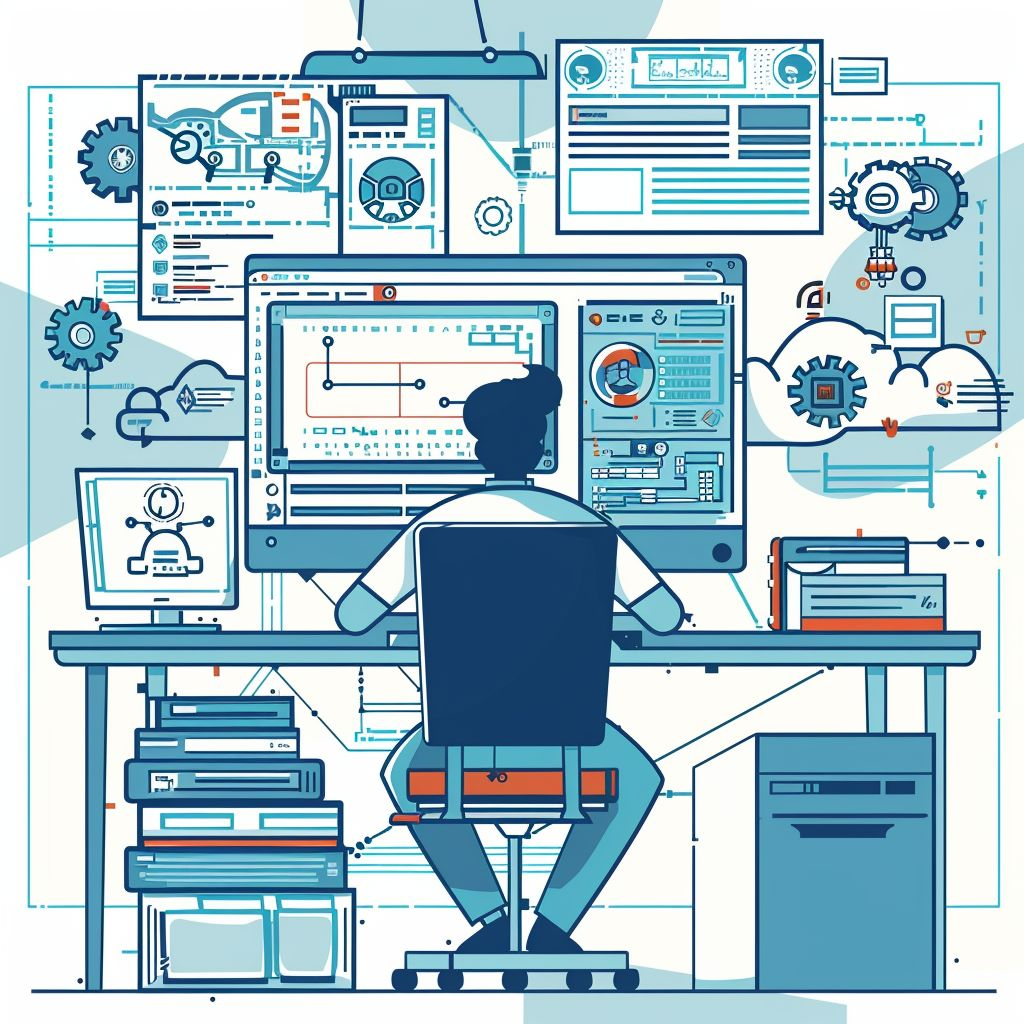The Myth of Perfect Software
“You Can’t Write Perfect Software.
Did that hurt? It shouldn’t. Accept it as an axiom of life. Embrace it. Celebrate it. Because perfect software doesn’t exist. No one in the brief history of computing has ever written a piece of perfect software. It’s unlikely that you’ll be the first. And unless you accept this as a fact, you’ll end up wasting time and energy chasing an impossible dream.”
― Andrew Hunt, The Pragmatic Programmer: From Journeyman to Master
Let’s talk about a common myth in the tech world: the pursuit of perfect software. Spoiler alert—it’s a myth. Perfection is not just elusive; it’s nonexistent. And that’s okay!
Perfection is an unrealistic goal that can lead to frustration and burnout. Instead, focus on creating software that works. Aim for functionality, not flawlessness. Remember, every great piece of software out there started as something much simpler, and it grew through continuous effort and improvement.

The first step is to get your software up and running. It doesn’t have to be pretty; it just has to work. Functionality is the foundation on which you build everything else. Think of it as laying down the tracks for a train—you need a solid base to move forward.
Once it’s working, test it. Test it rigorously. Find its weak spots and break it if you can. The goal is to understand where it fails so you can fix it. Testing is not just a step in the process; it’s an ongoing practice.
When you have sufficient test coverage (only then!), it’s time to refactor. Improve the code, make it cleaner, more efficient, and easier to understand. Refactoring isn’t about adding new features; it’s about making what you have better.
Now, get feedback. Share your software with users, peers, anyone who can provide insight. Listen to their experiences and take their input seriously. Feedback is a goldmine for improvement opportunities.
With feedback in hand, refactor again. This cycle of testing, refactoring, and collecting feedback is what drives continuous improvement. It’s a loop that never ends, and that’s a good thing.
Will your software ever be perfect? No. And it doesn’t need to be. The goal is not perfection but progress. Continuous improvement is the name of the game. Each iteration makes your software better, more robust, and more valuable to its users.